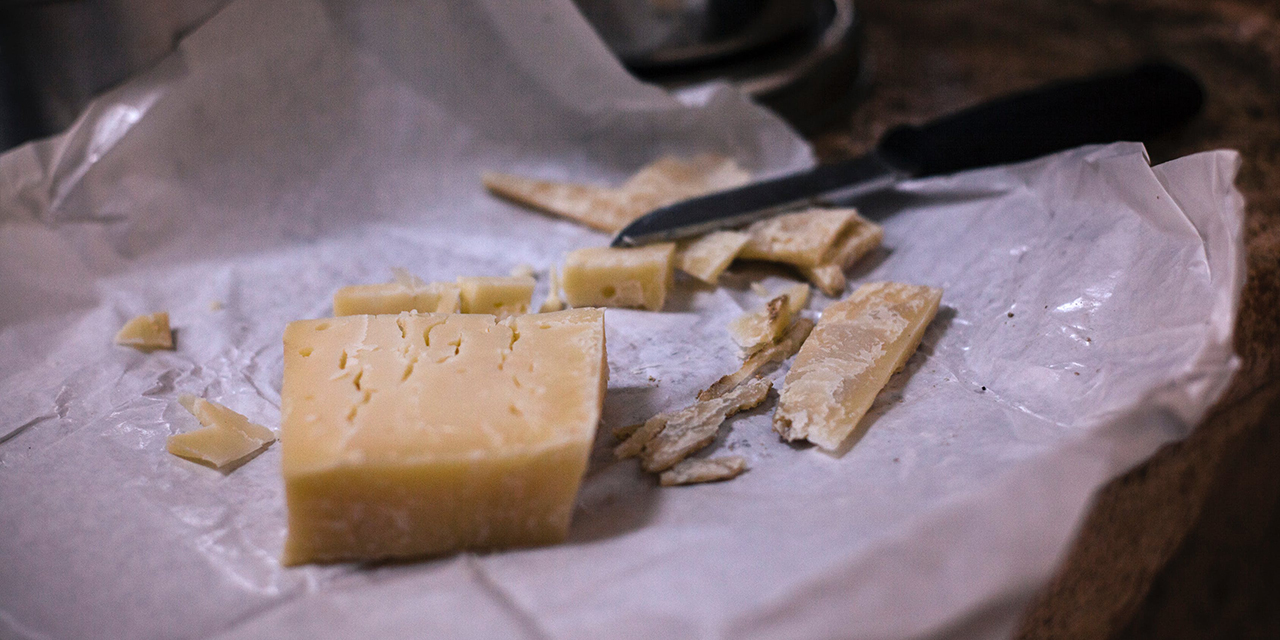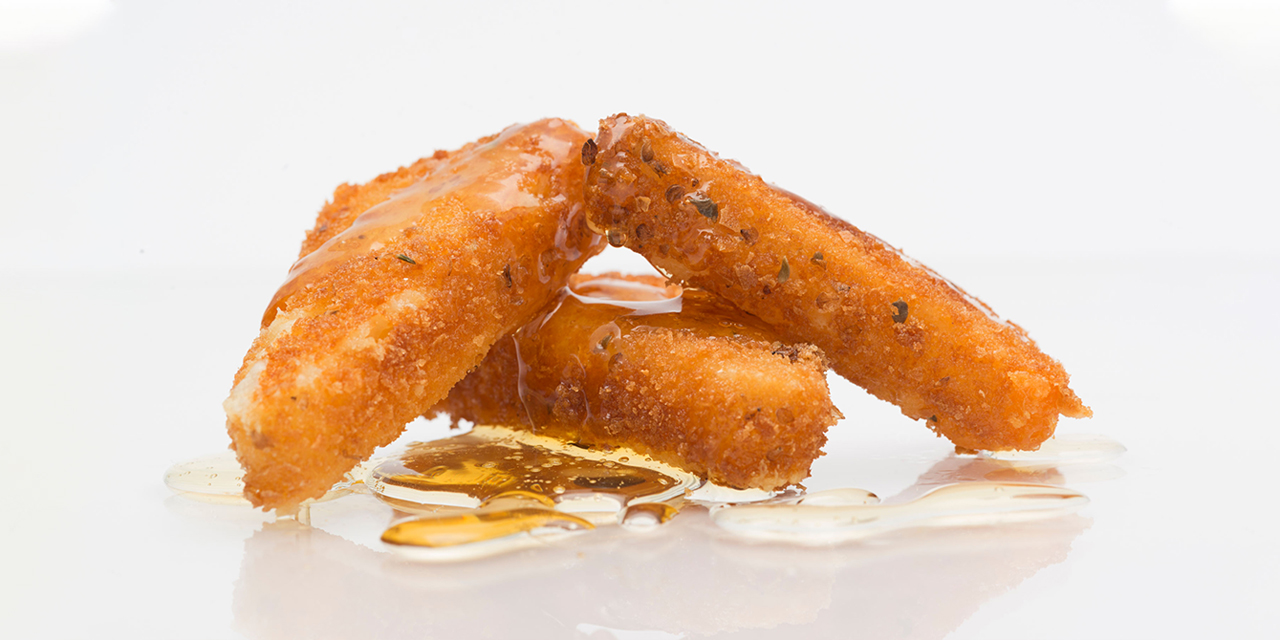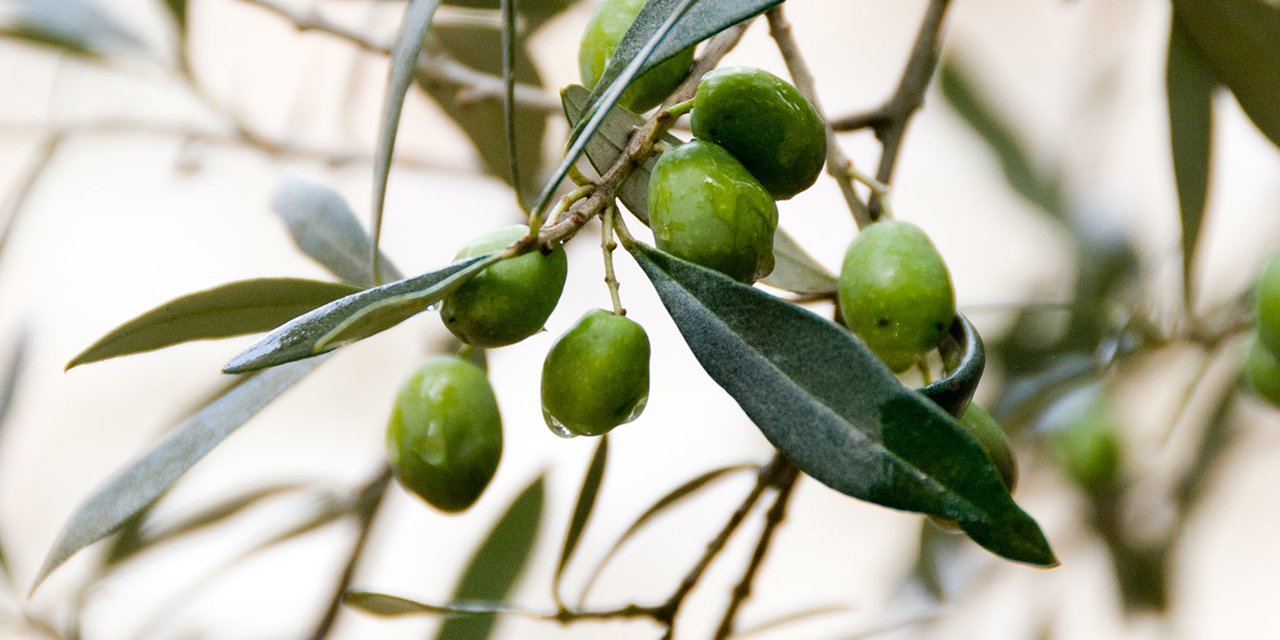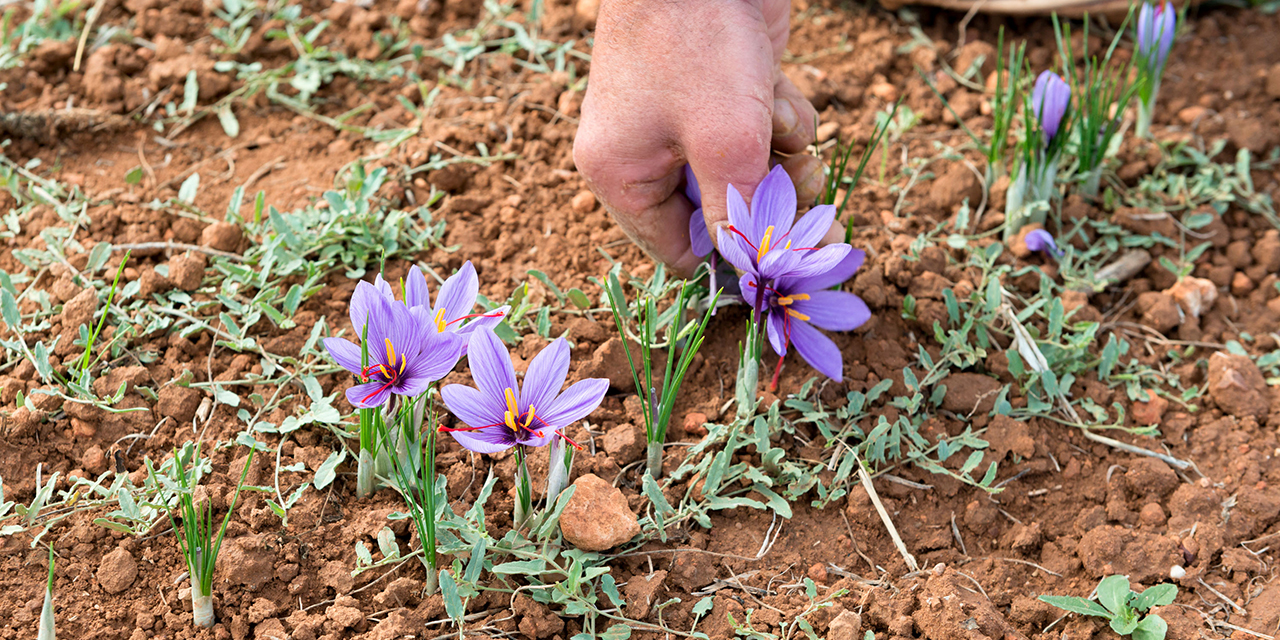Simply mentioning Castilla-La Mancha conjures up the taste of Manchego cheese. Only Manchegan sheep, protected in Castilla-La Mancha, can be used to make the delicious Manchego cheese. With its unique taste and properties, the production process has remained unchanged over time. Matured from one month to two years, the different varieties - whole, semi-cured or cured - can be enjoyed in pieces wrapped in esparto, olive oil or in their natural state, from the provinces of Castilla-La Mancha with the following designations of origin: Albacete, Ciudad Real, Cuenca, and Toledo.
Connection between the geographical area and product characteristics
The region’s soil and climatic conditions have undertaken much of the natural selection. The local Manchego breed of sheep is best suited and produces the milk that gives Manchegan Cheese its unique colour, smell, taste, and texture.
Since ancient times, cheeses have been made from Manchegan sheep, however production practices have changed over the centuries to bring out the best qualities from this traditional cheese from La Mancha.

Manchego cheese is a healthy food as a source of calcium, a mineral that the body needs to form and maintain strong bones, helps maintain muscles and boosts normal functioning of digestive enzymes.
The benefits of this food come when it provides at least 15% of the calcium intake, i.e., 120 mg per 100g.
Note that 100 g of cheese provides 848 mg of calcium.
We suggest the recommended daily intake of milk and dairy products several times, controlling salt and saturated fat intake.
